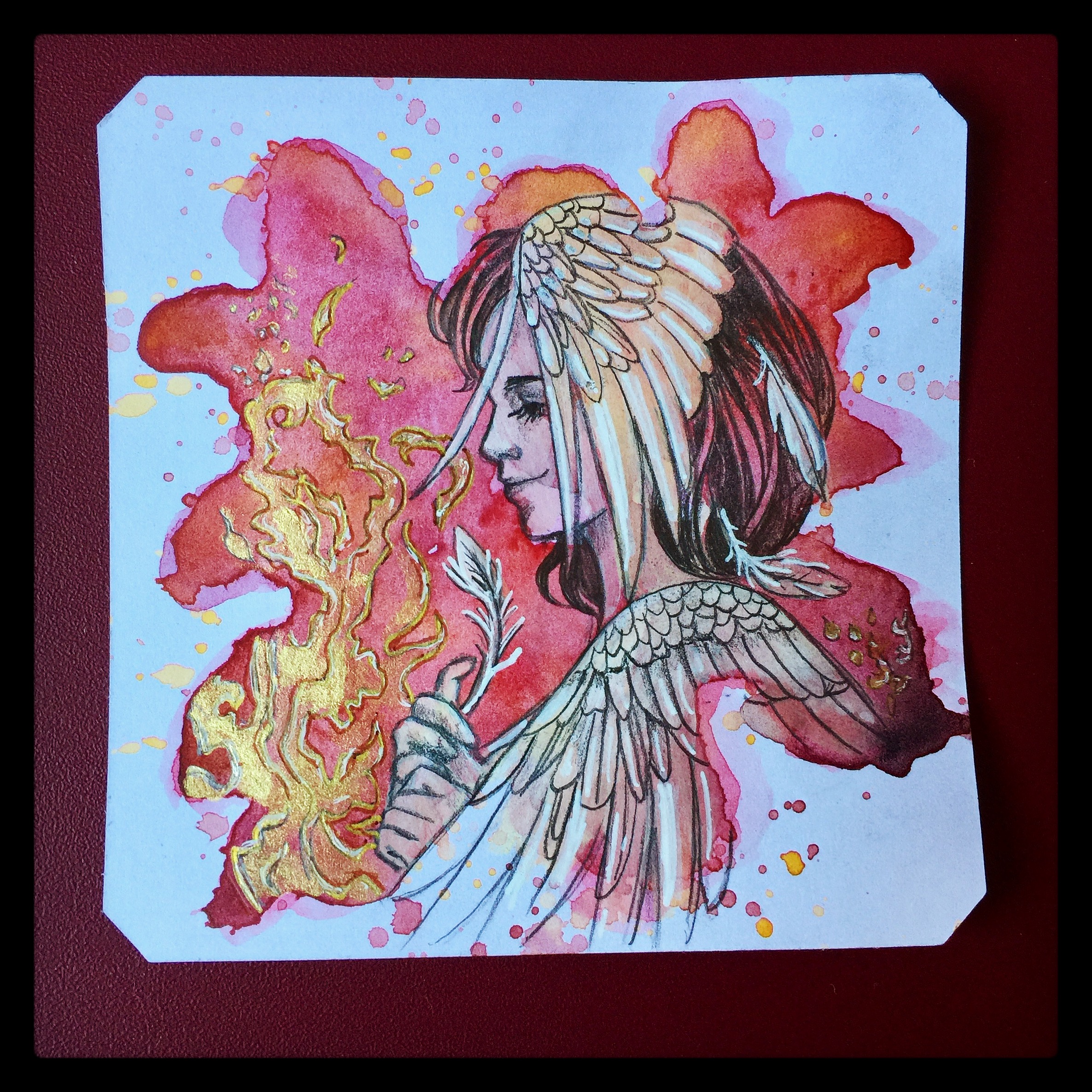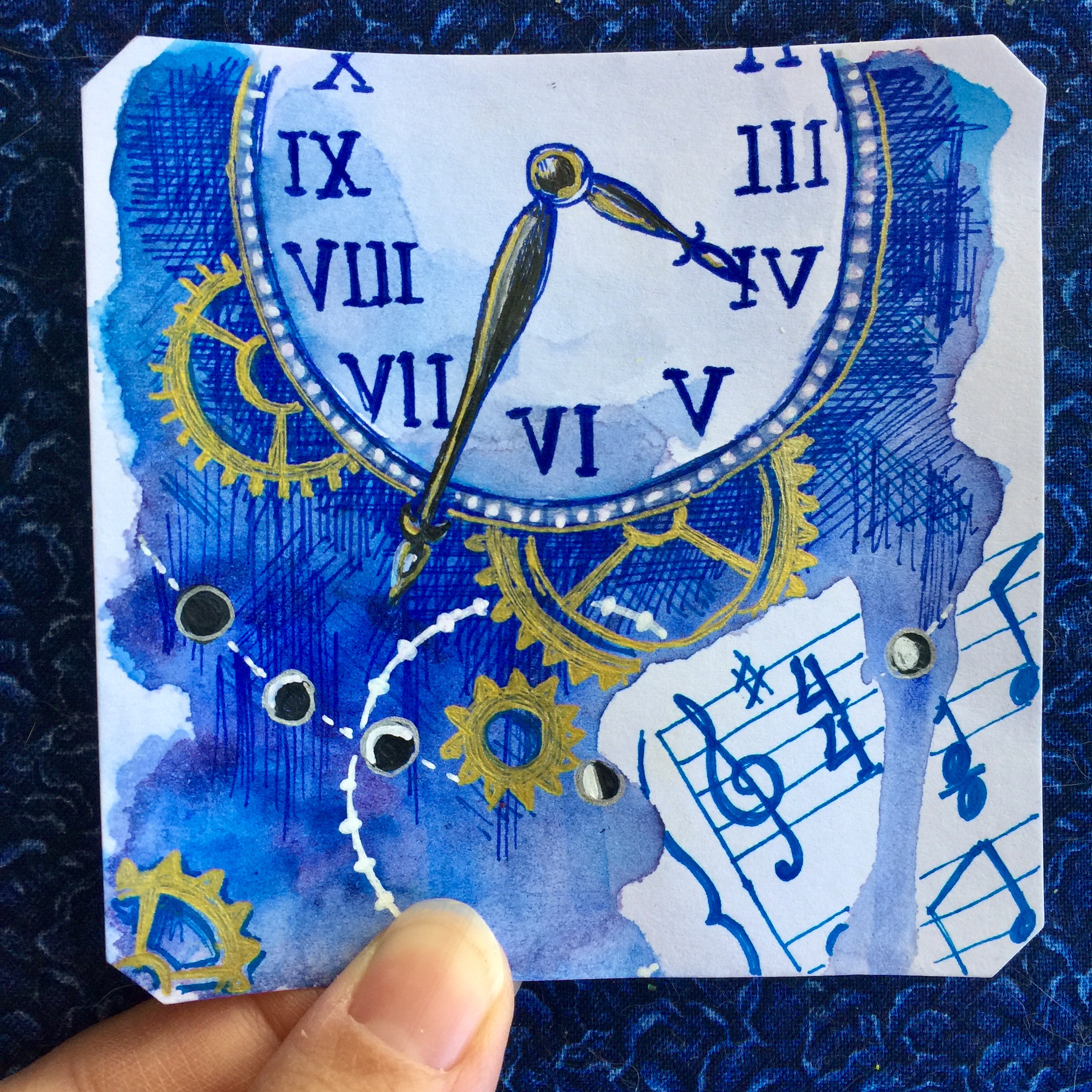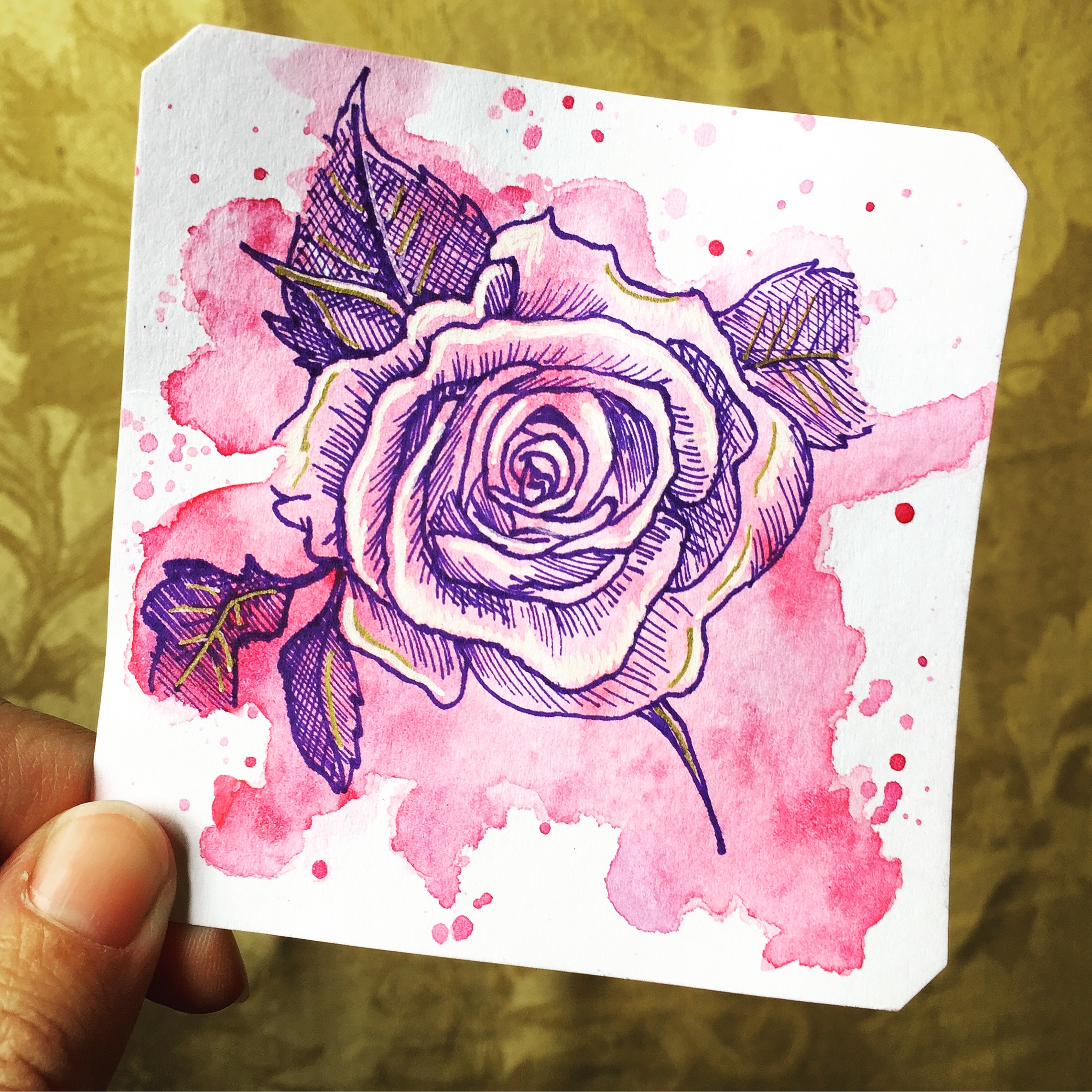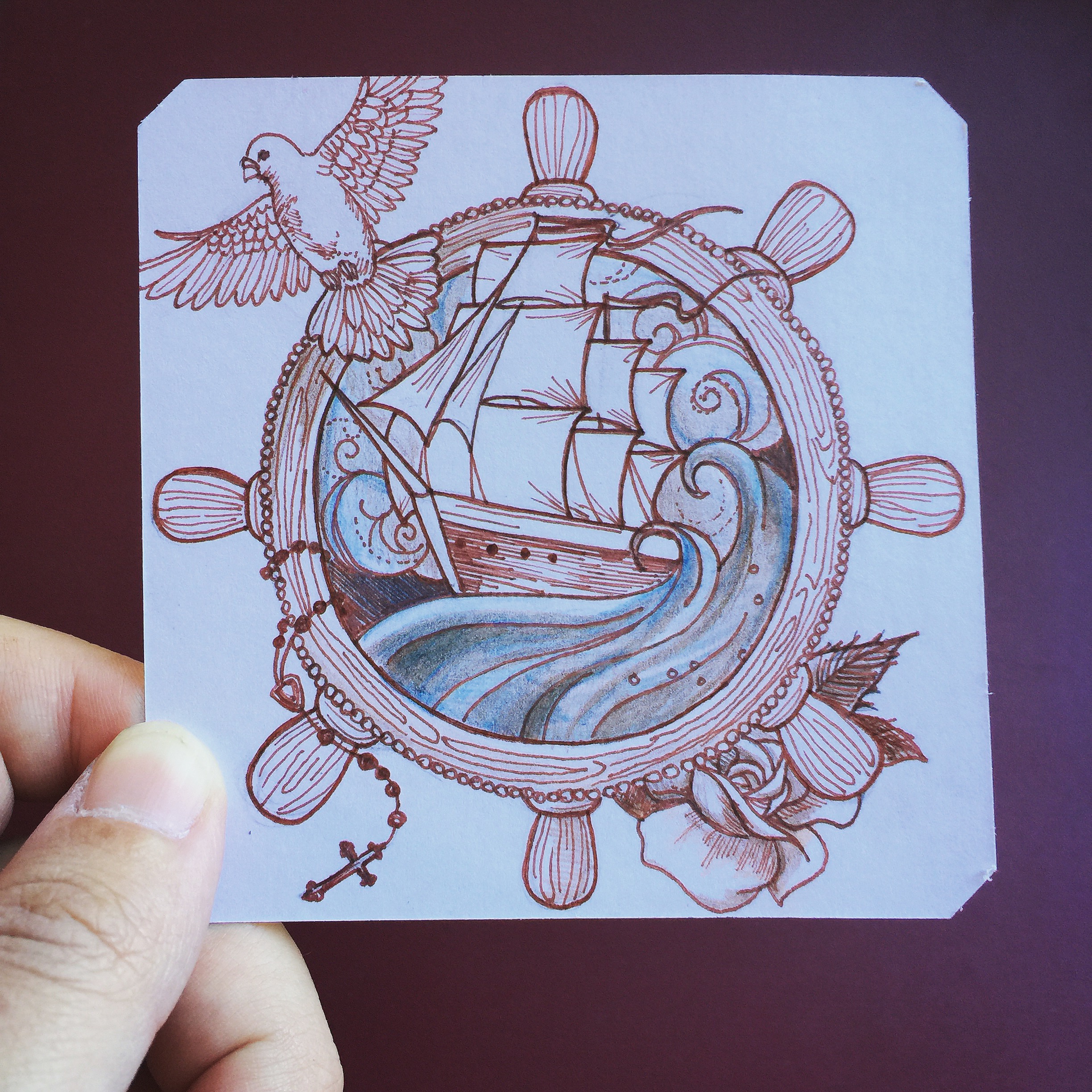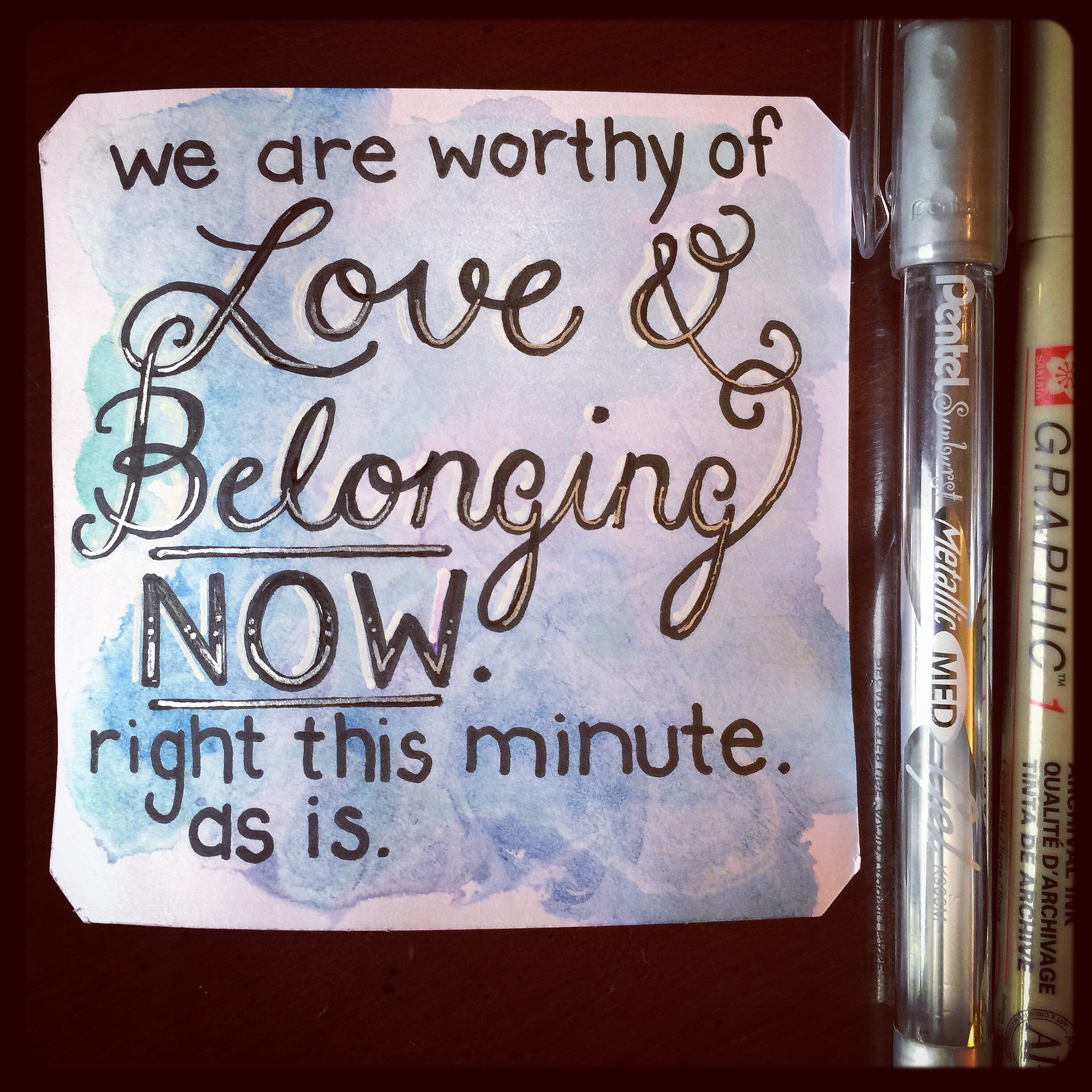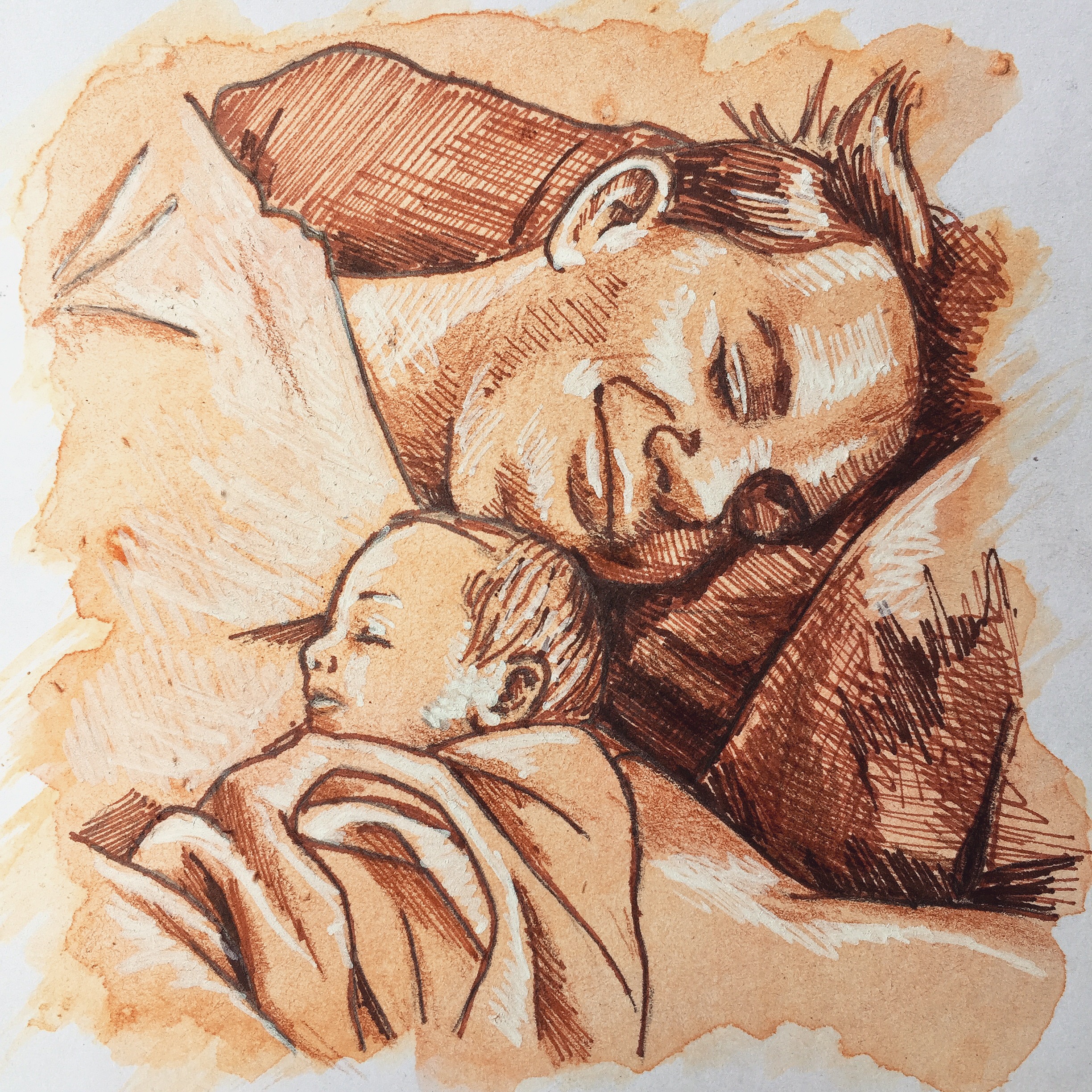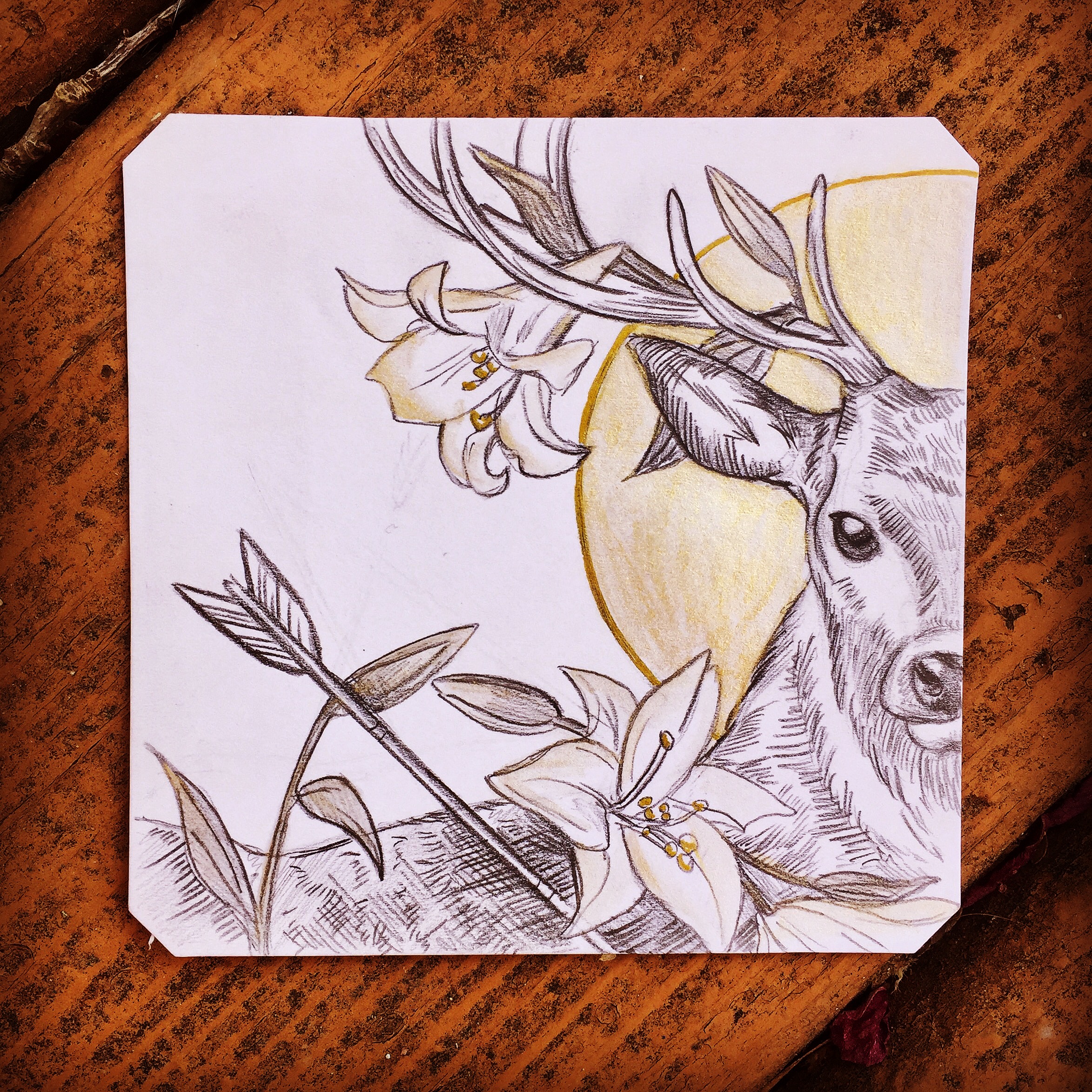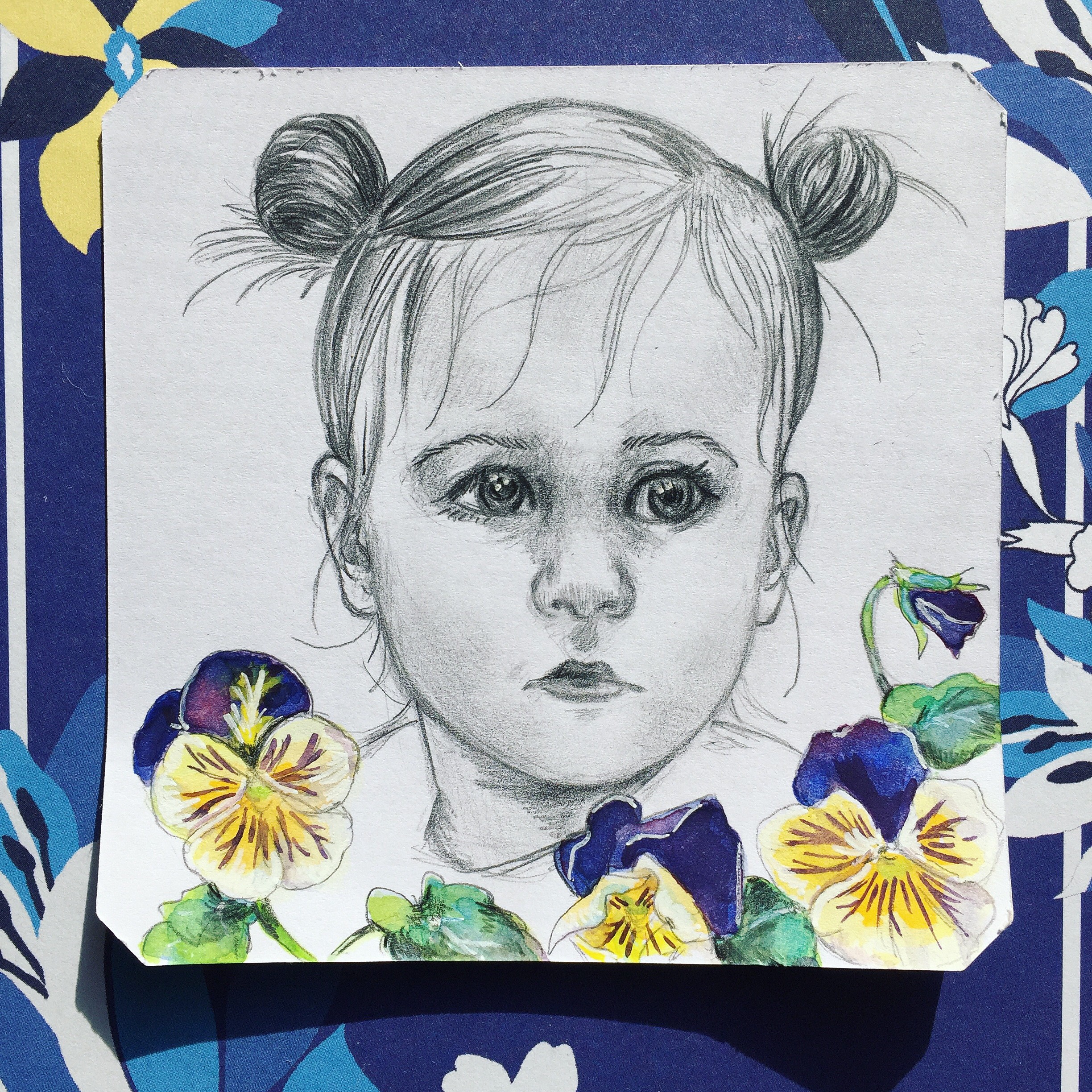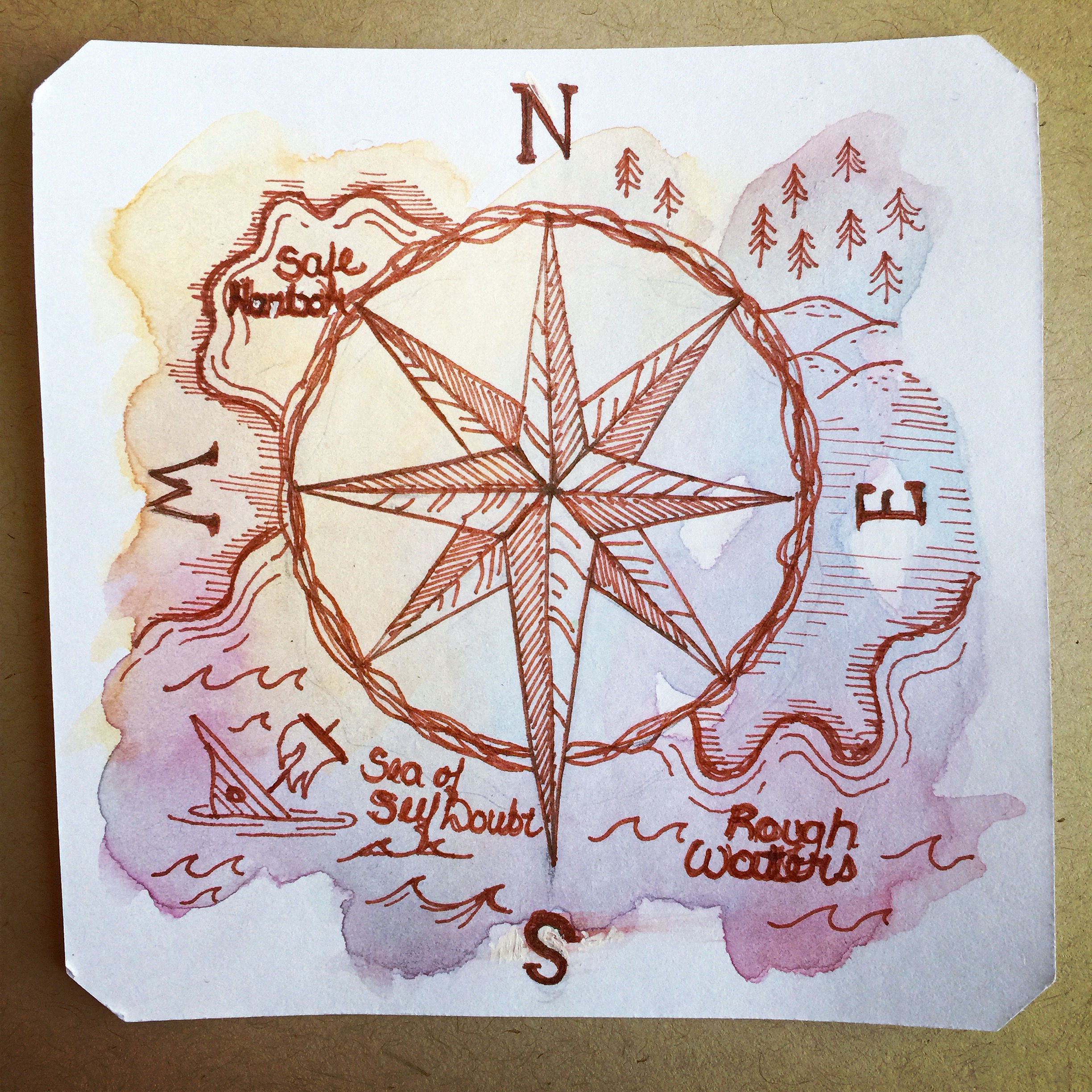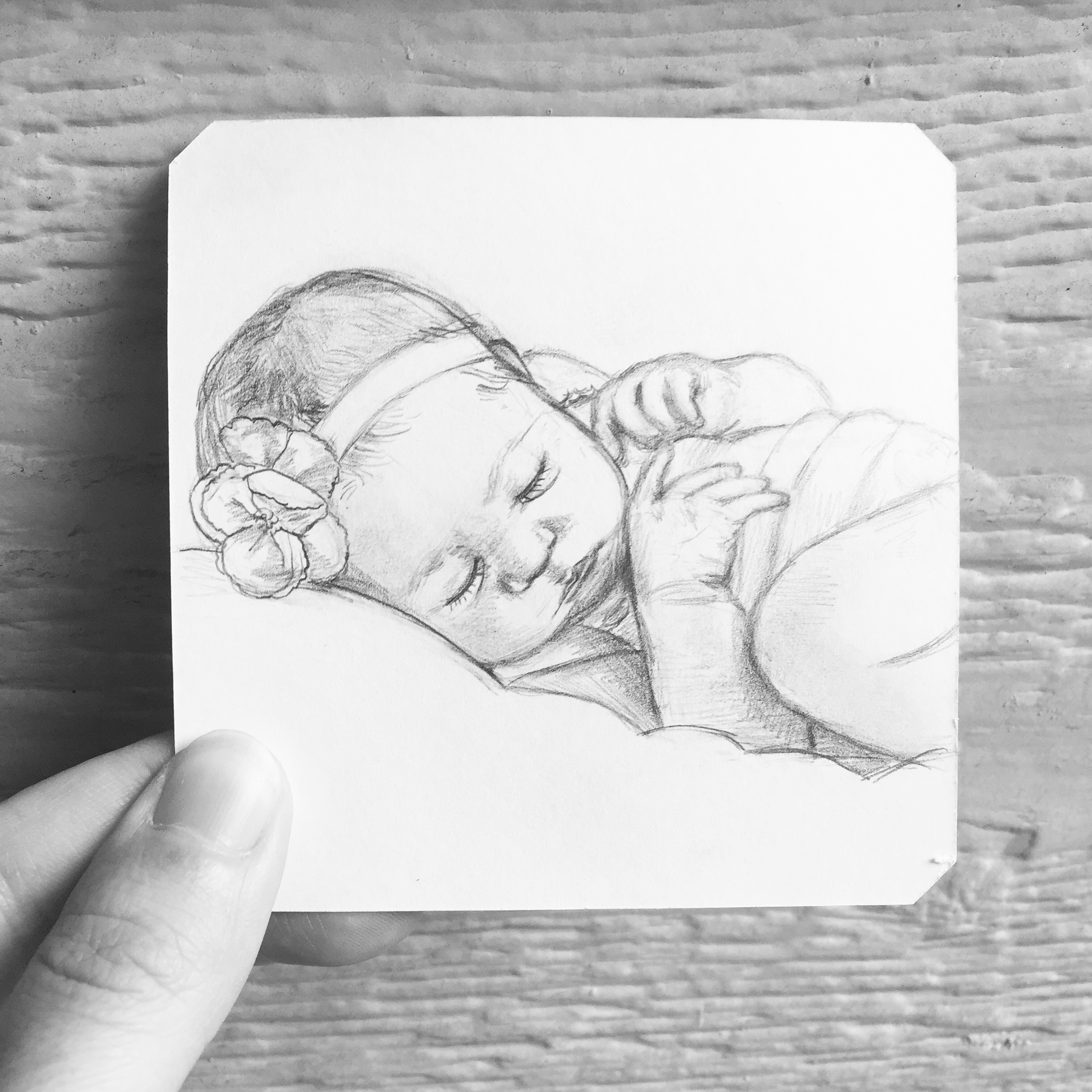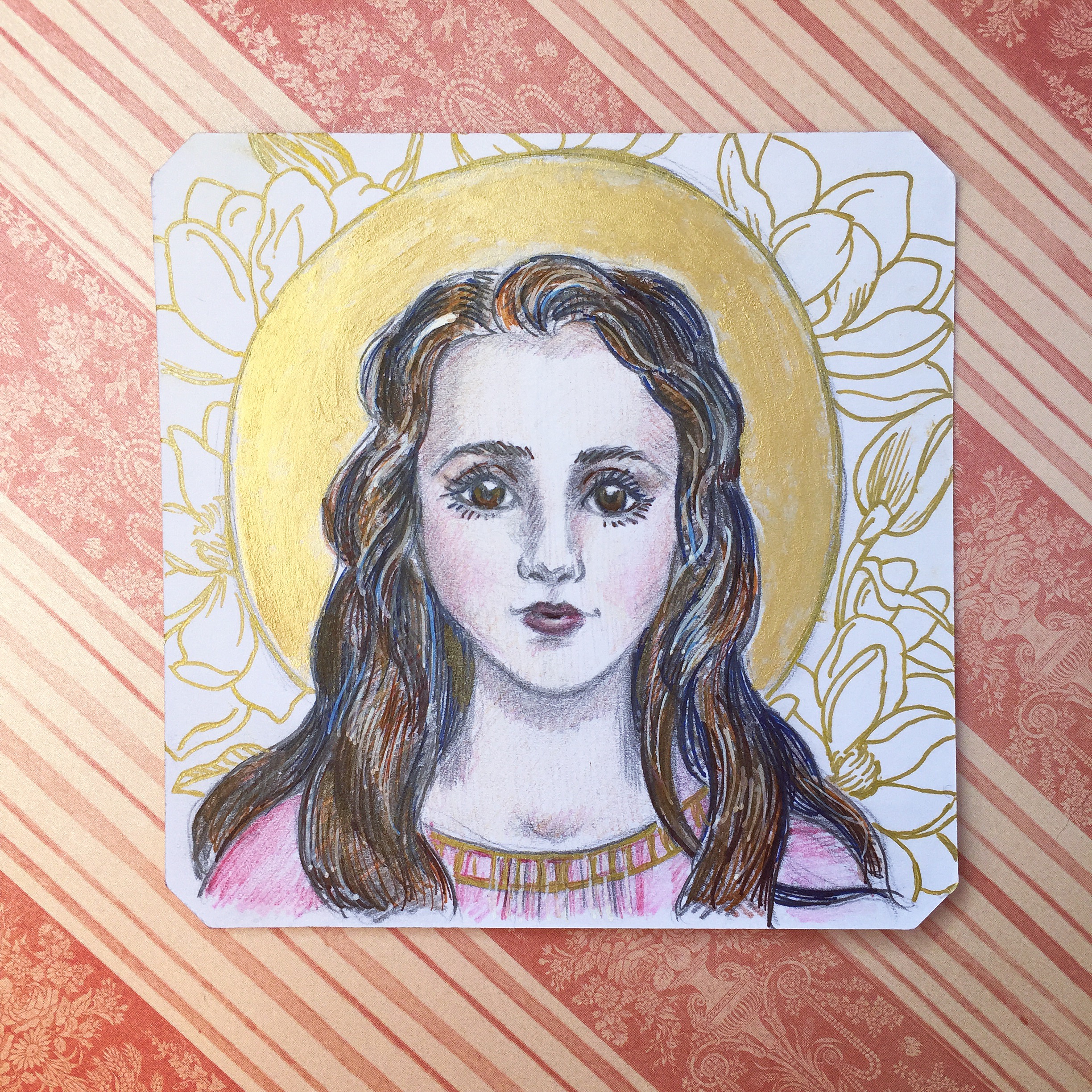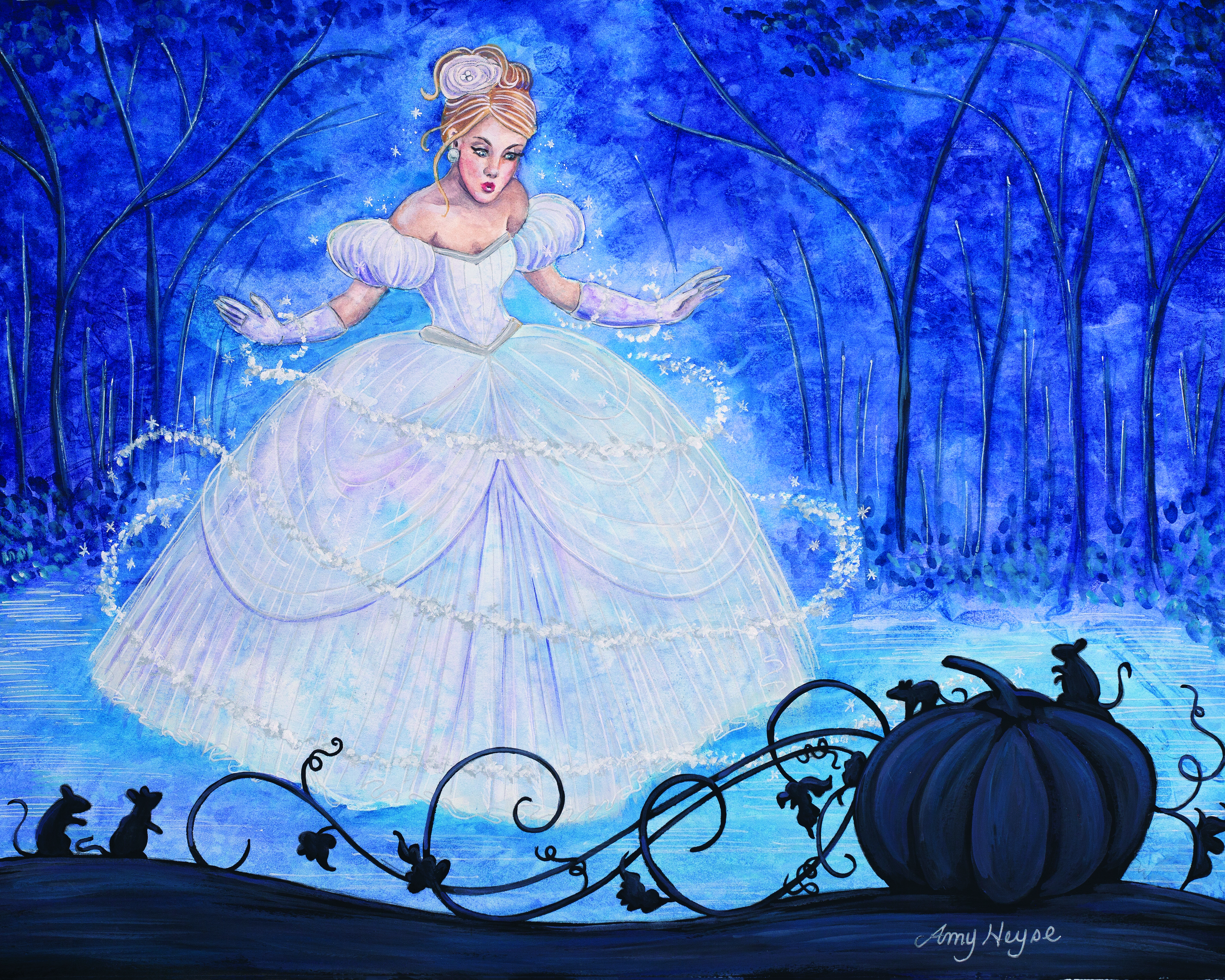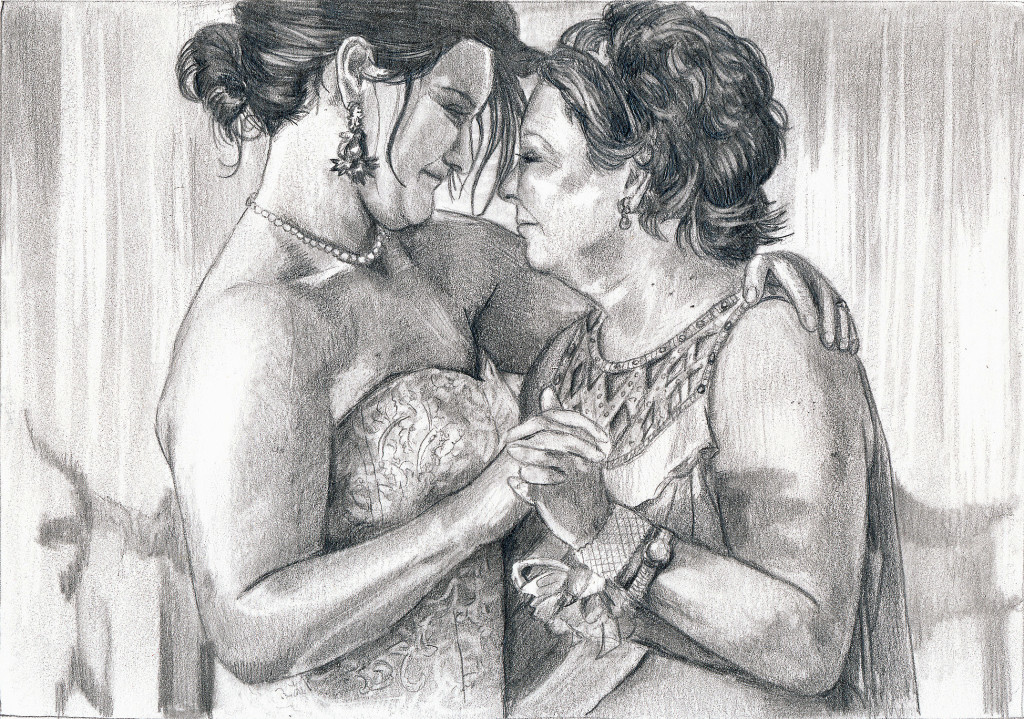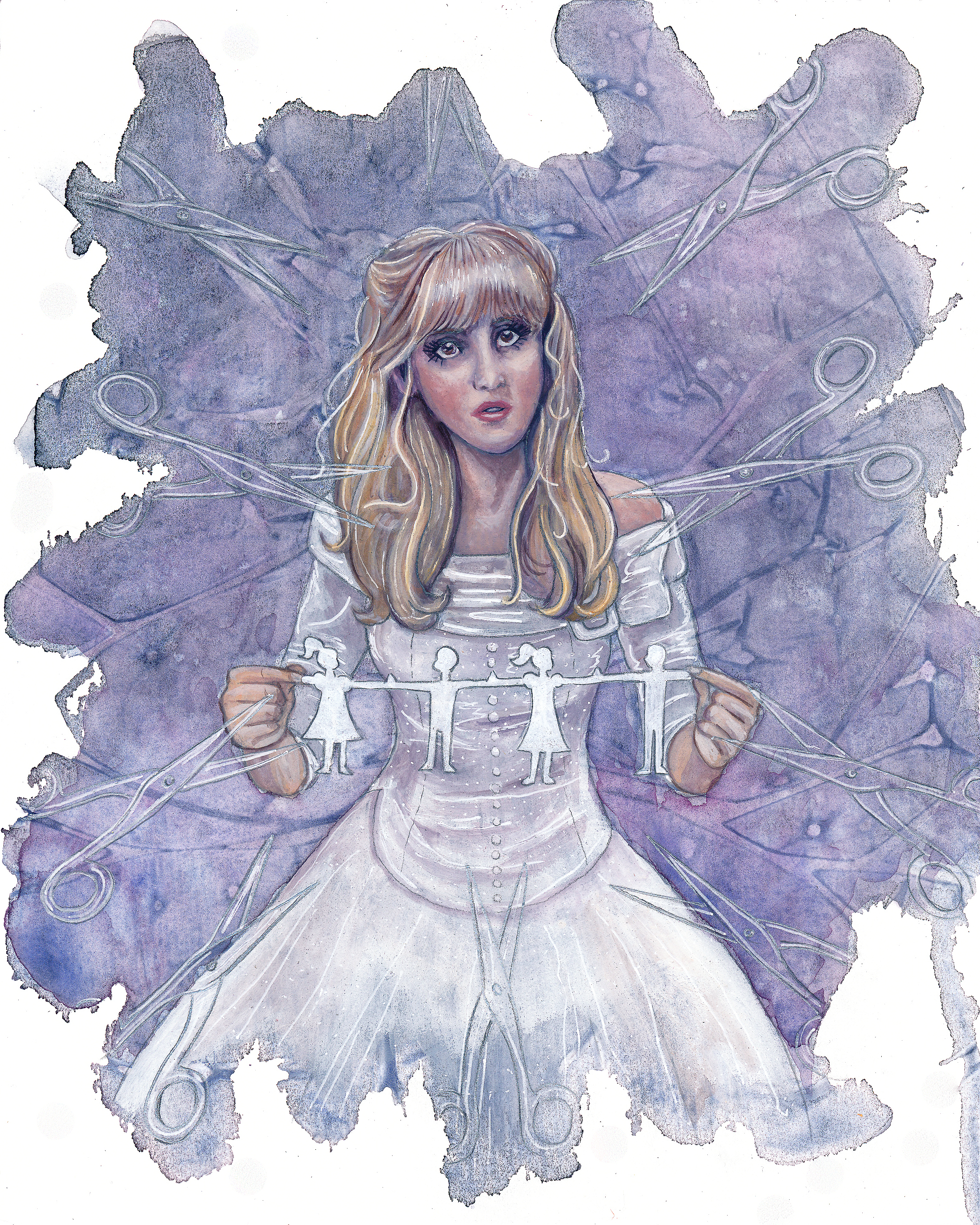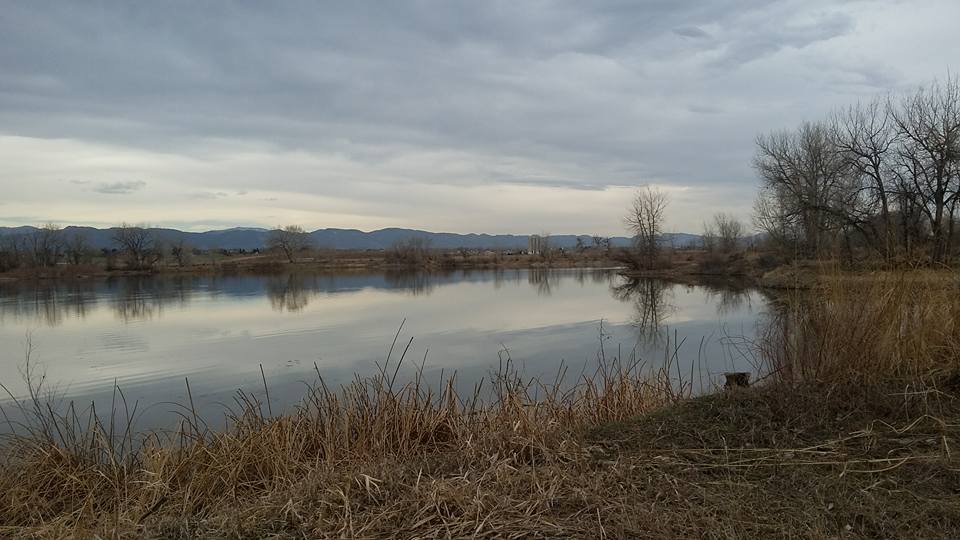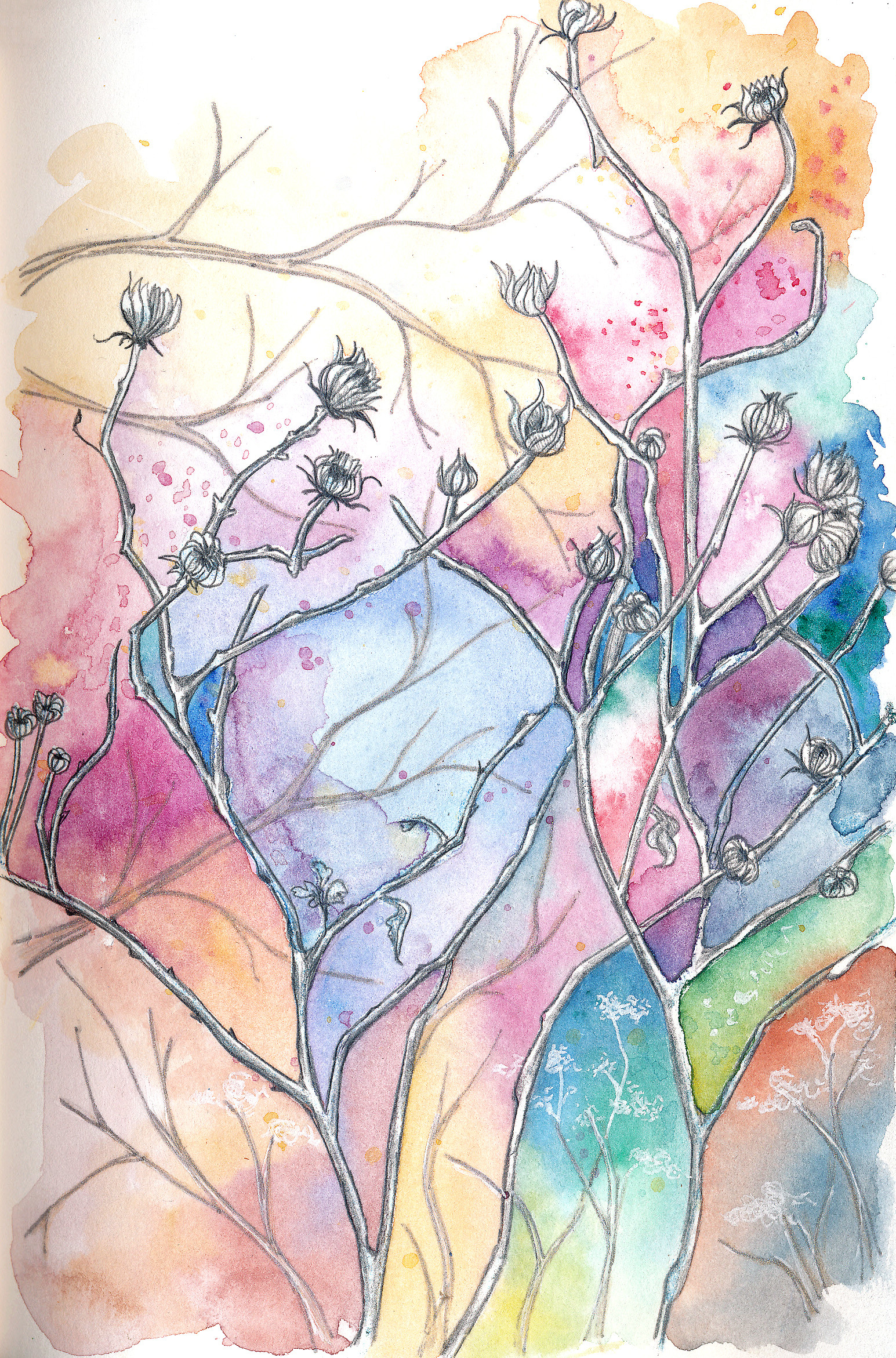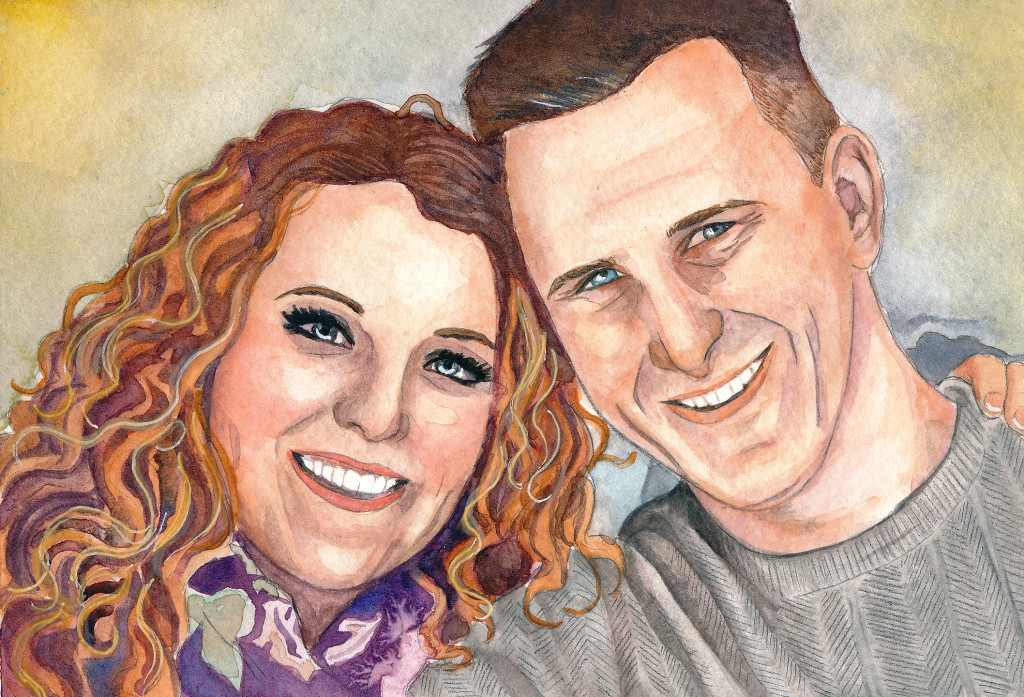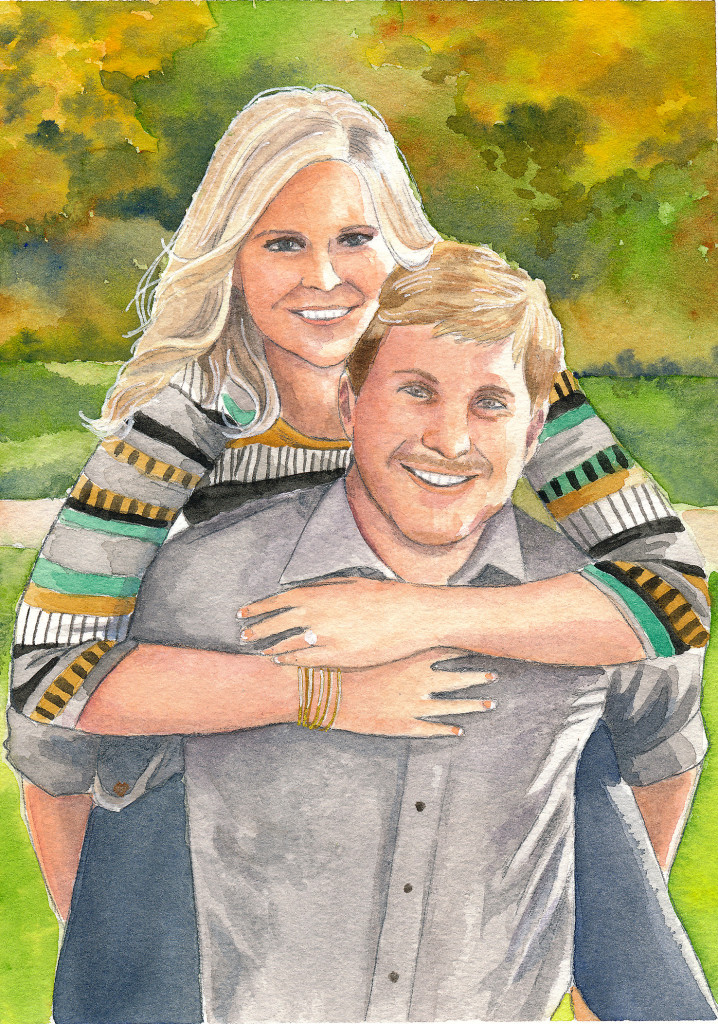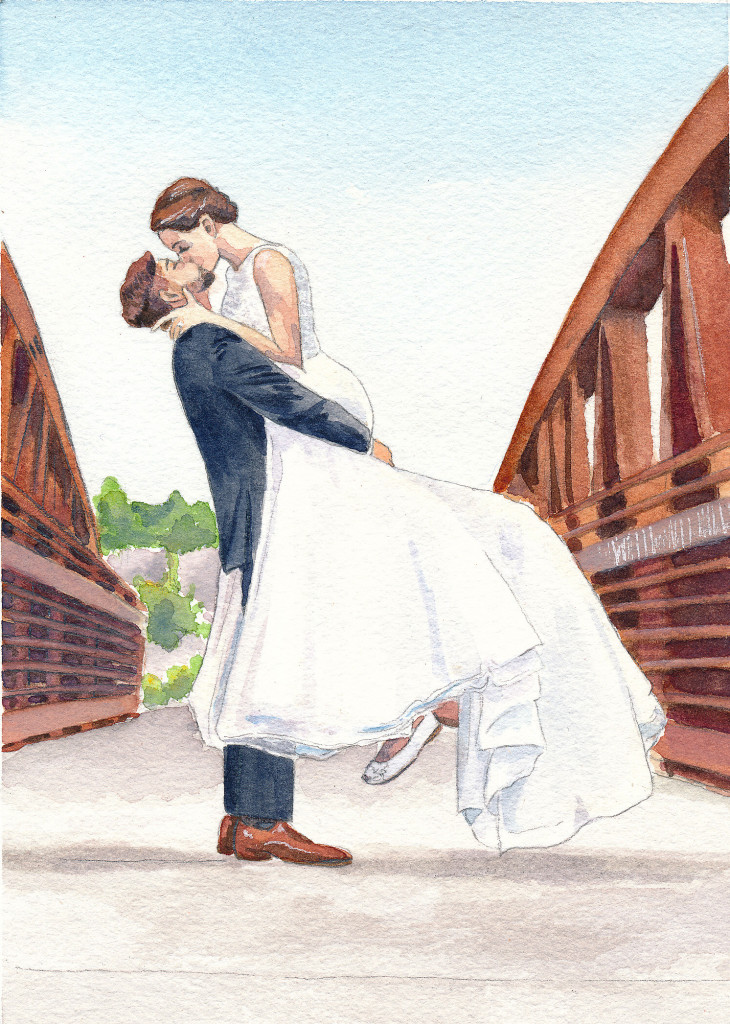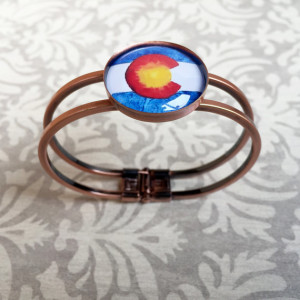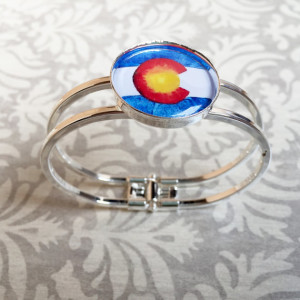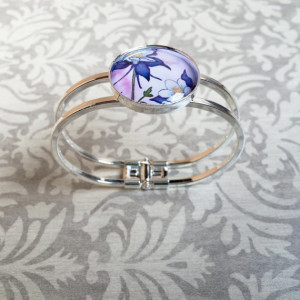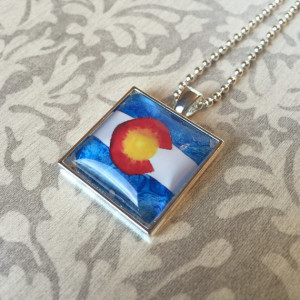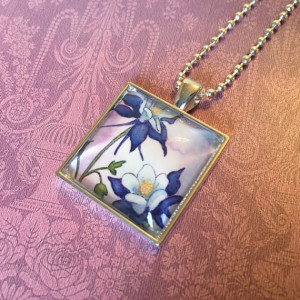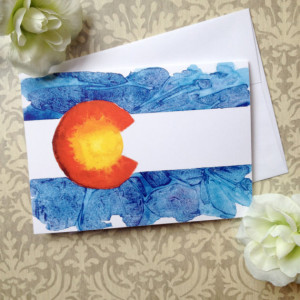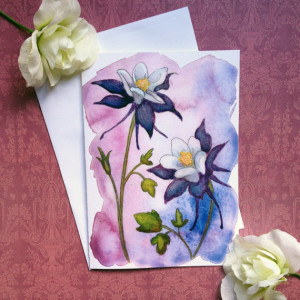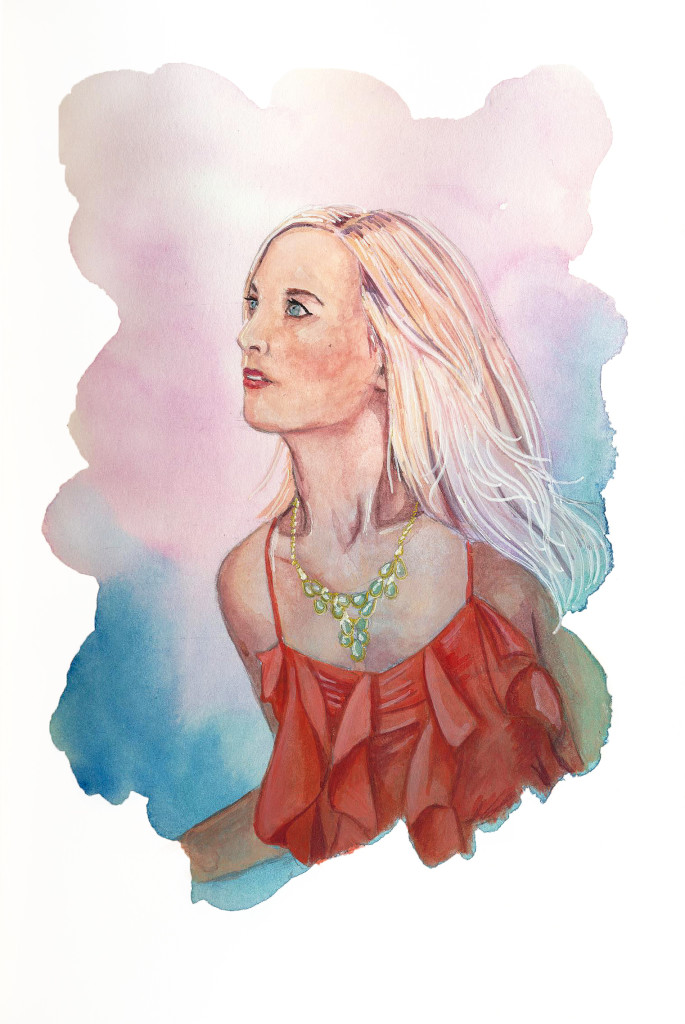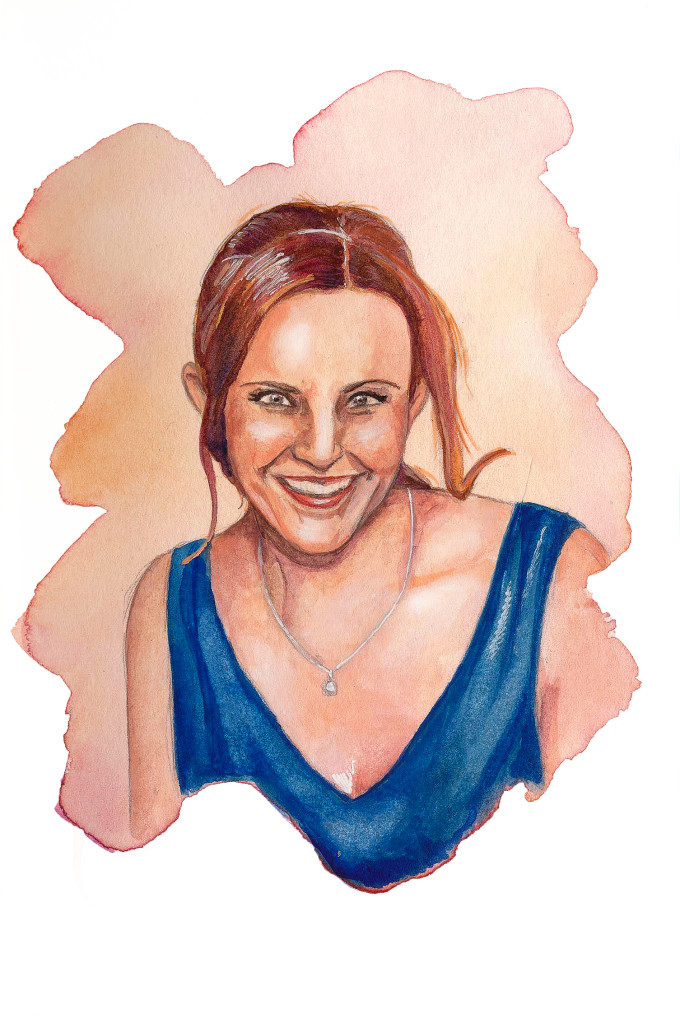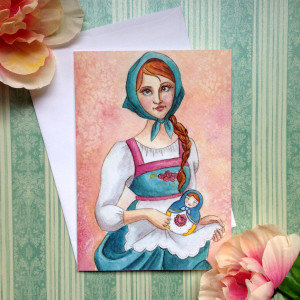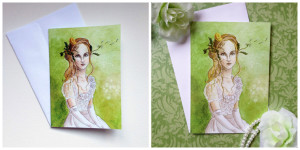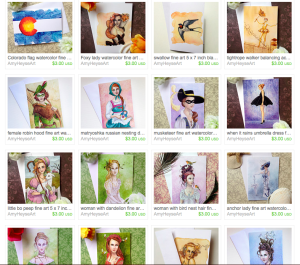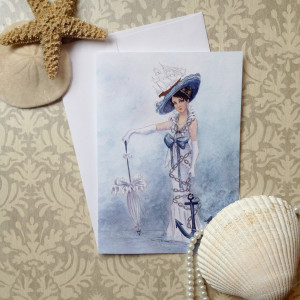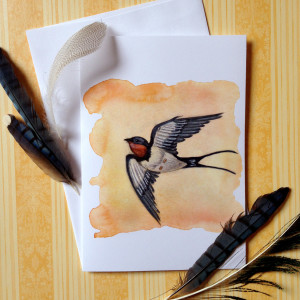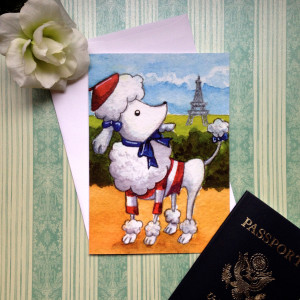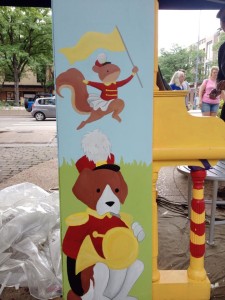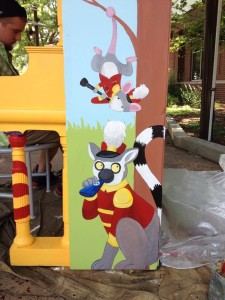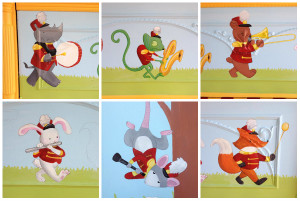This summer, I was lucky to have my concept art selected so that I could participate in the city of Fort Collins Pianos About Town program. The Pianos About Town program gives local artists a chance to paint a piano in public. The finished pianos are rotated around Fort Collins as a way to create opportunities for musical spontaneity. The people of Fort Collins love looking at the different designs as well as playing on the pianos. I had always wanted to have the opportunity to have my artwork featured on a piano and wanted to come up with a design that would be family friendly and visually attractive.
A couple of months ago, I created a piano concept design that I submitted to the city. My design was selected and this last week was the first of three weeks that I am given to paint my piano.
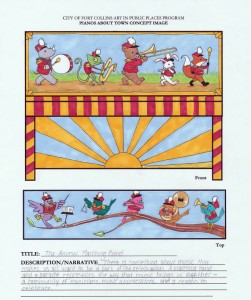
The front and top design of the piano.
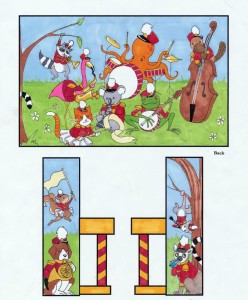
The back and side designs of my piano.
I’ve experienced a lot during my first five days being a piano artist and I thought I would share with you what I have learned.
1. The pianos are new
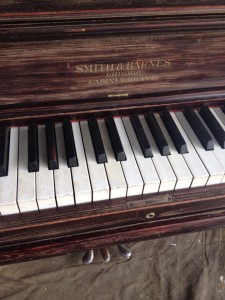
My piano before I started to paint it.
The first thing that people ask you when you’re working on the Pianos About Town project is why you’re painting over a piano that has already been painted. Like most of the community, I had been under the impression that the pianos were re-painted every season. However, I learned in all five seasons that none of the pianos have needed to be painted over. Citizens donate new (actually “used”) pianos for the artists to paint. I was given a piano that had been sanded and a bucket of approved paint primer. The new pianos are all painted in the same spot (in the Oak Street Plaza by the fountains), so people get confused when they see a new artist painting a different design on a piano. Multiple times a day, I tell the community that all of the pianos from past seasons are either floating around the city or in storage at the Mitchell building.
2. It takes a long time to paint
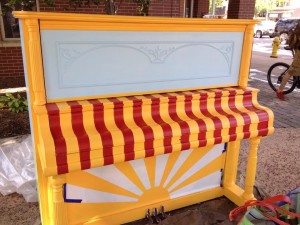
I’ve had experience painting murals on the walls of people’s homes. The walls of my daughter’s nursery are filled with a landscape of children’s book characters, so I more or less thought painting a piano would be the same. I work quickly, so I assumed I would be over halfway done by the end of my fifth day.
The artist is required to paint every surface of the piano, so that would include the underside of the keyboard cover, the underside of the piano, and many other nooks and crannies that you wouldn’t necessarily think of. The entire piano needed to be covered with white primer before I was able to start adding the base colors for my sky, grass, and yellow/red stripes. The stripes were the most tedious part of the painting process because they needed to be clean and crisp. I had used painter’s tape to block out the stripes, but the paint bled through the tape. That meant I had to carefully paint the remaining stripes by hand to guarantee crisp lines. Which leads me to the next thing I learned….
3. People freak out when they see masking tape
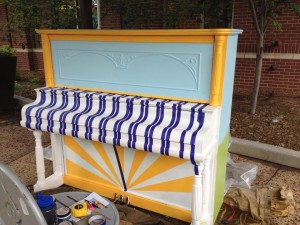
The masked off stripes before “the incident.”
The end of the first day, I spent an hour measuring and putting down painter’s tape across the keyboard cover of the piano. I covered the piano with the tarp that comes with it, and left for the day. When I returned the next morning, the tarp was off and almost all of the tape had been torn off because someone had opened up the cover and played the piano. It took every ounce of restraint I had not to scream and throw my paint on the ground. Thankfully, there was enough tape still on the piano that I was able to re-tape the lines without re-measuring. It took me less than an hour to redo, but it was still time that I could have been painting the actual stripes.
As I was re-taping the piano, a concerned lady walked up to me and asked why I was taping the piano shut. She was worried that I was keeping citizens from playing the piano. I assured her that I was there to paint the piano to make it eye-catching for the community and that the tape was meant to mask off the stripes for my design. After that, I tried to paint the lines as quickly as possible. Because of the bleeding through the tape, I had to paint almost all of the lines by hand which took me a little more than two hours to do. Note to self: in the future, don’t incorporate stripes into your design.
4. You meet a lot of people
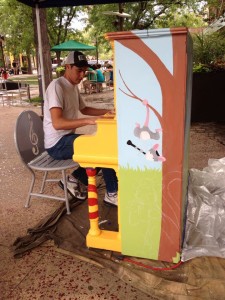 One of the things I have always loved about Fort Collins is how nice the people are here. Everyone is very friendly and you meet a lot of these friendly citizens when you work on a piano. When I was still in the priming stages of the piano, I would have people non-ironically telling me, “It’s looking good so far!” (Really? It’s just white!) Most of the people who come up and talk to me are residents and are familiar with the program, but I’ve had a lot of vacationers talk to me. I had no idea how many tourists visit Fort Collins.
One of the things I have always loved about Fort Collins is how nice the people are here. Everyone is very friendly and you meet a lot of these friendly citizens when you work on a piano. When I was still in the priming stages of the piano, I would have people non-ironically telling me, “It’s looking good so far!” (Really? It’s just white!) Most of the people who come up and talk to me are residents and are familiar with the program, but I’ve had a lot of vacationers talk to me. I had no idea how many tourists visit Fort Collins.
During the fifth day, I had to work around two piano players. The first gentleman was playing original songs and blues/swing covers trying to sell CDs. We talked a little about his music and he told me that he plays at all of the pianos that are “about town.” When he was wrapping up, one of his friends came over and spent the next 1.5 hrs of my shift telling me his life story while I attempted to listen and work at the same time. Near the end of my shift, another gentleman asked to play the piano, sang opera and played “Rhapsody in Blue.” It’s neat meeting so many different people and now I understand why they give you three weeks to paint the piano – you’re talking to the community just about as much as you are actually painting the piano!
5. I miss my daughter
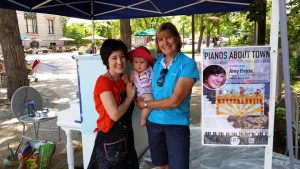
My mother-in-law and Holly stopped by the visit me on my second day.
I’m an artist, but I’m also a mom. I would call myself a stay-at-home mom, but I’m blessed with the opportunity to work on my own art at home as well as work as an art instructor at Pinot’s Palette. Like my job at Pinot’s Palette, the Pianos About Town job has been flexible, but I had to ask my in-laws to help watch my daughter, Holly, for the first five days. My days are always focused around my baby girl, so it was strange not to have her around. I’m very fortunate to have awesome in-laws (who live in town) who offer to help babysit. I knew Holly was in good hands, but I definitely missed her. When I would get home, I would feel tired from the day’s work and she would be off to bed shortly after. Two of the days I worked on the piano were also days that I taught night classes at Pinot’s Palette, so I really missed out on spending time with her. I’m looking forward to being back to our normal routine.
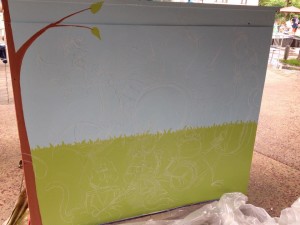
So, even though I’ve made a lot of progress, I still have a long way to go. The base colors and almost all of the stripes are finished (I ran out of yellow paint, so I still need to paint the stripes on the inside of the piano keyboard cover). I painted in the base color of the tree and drew out all of the animals throughout the piano. I used chalk to figure out their placement before outlining the chalk with pencil. They will be ready to fill in with paint during my next shift.
I’m planning on resuming my progress on Friday, July 3rd. The plan is to arrive early in the morning so that I will hopefully have a couple of quiet hours working before the plaza becomes bustling with people. I’ll keep you posted on my progress!


